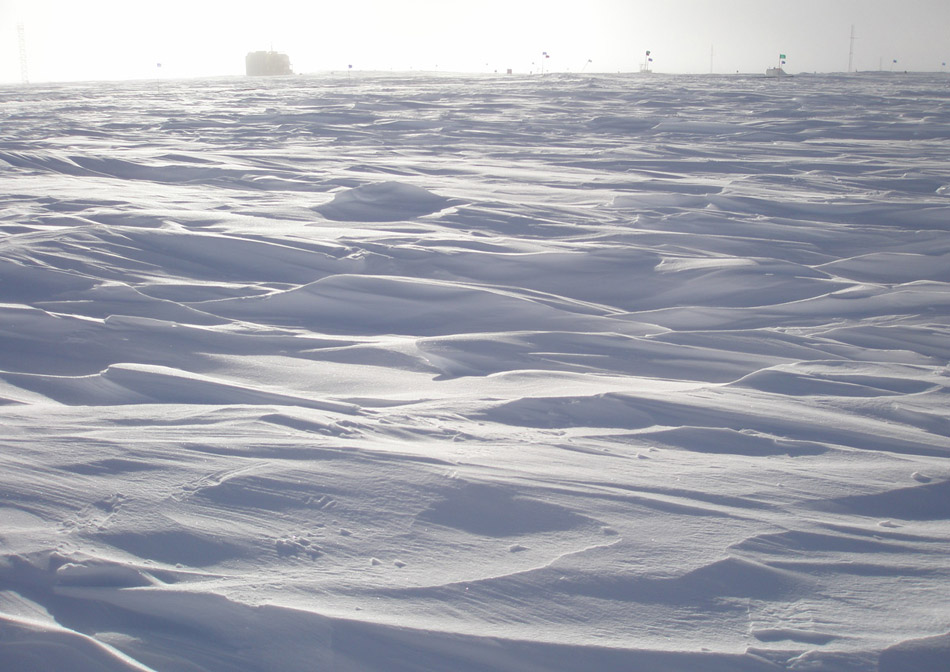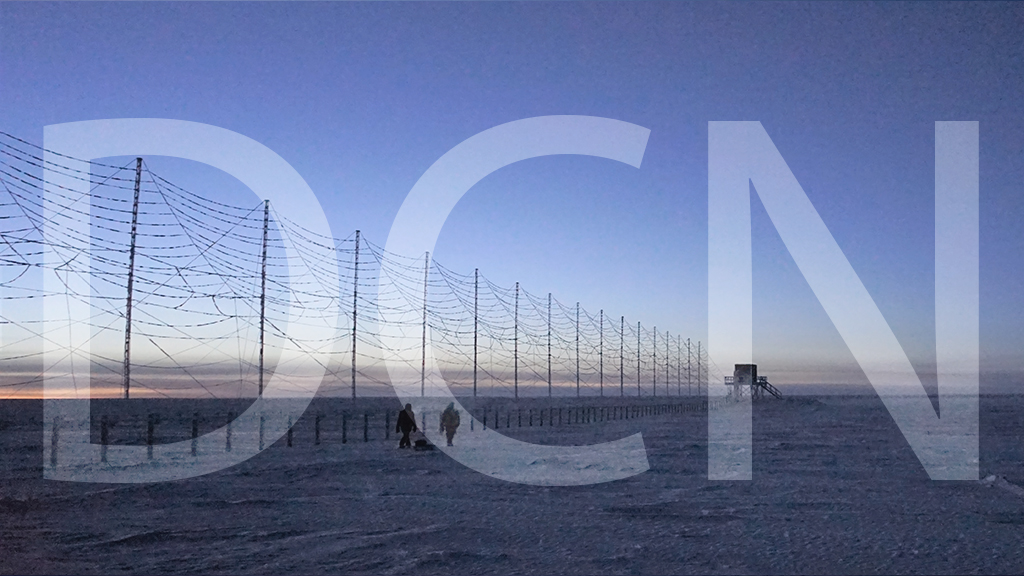Atmospheric conditions
Type of resources
Topics
INSPIRE themes
Keywords
Contact for the resource
Provided by
Years
Formats
Representation types
Update frequencies
status
Scale
-

Anthropogenic microparticles (AMs) were found for the first time in specimens of Trematomus bernacchii collected in 1998 in the Ross Sea (Antarctica) and stored in the Antarctic Environmental Specimen Bank. Most of the identified AMs were fibers of natural and synthetic origin. The natural AMs were cellulosic, the synthetic ones were polyester, polypropylene, polypropylene/polyester, and cellulose acetate. The presence of dyes in the natural AMs indicates their anthropogenic origin. Five industrial dyes were identified by Raman spectroscopy with Indigo occurring in most of them (55%). Our research not only adds further data to the ongoing knowledge of pollution levels in the Antarctic ecosystem, it provides an interesting snapshot of the past, highlighting that microplastics and anthropogenic fiber pollution had already entered the Antarctic marine food web at the end of the ‘90 s. These findings therefore establish the foundations for understand the changes in marine litter pollution over time.
-

Emerging COntaminants in Antarctic Snow: sources and TRAnsport (ECO AS:TRA) Prog. PNRA18_00229 Snow samples
-
Surface ozone data, collected through a UV-absorption analyzer (49i or 49c)
-
Calibrated (in unit of solar disk brightness) measurements of the sky brightness at DOME C as obtained by the ESCAPE experiment during the campaign 2022-2023
-
Calibrated (in unit of solar disk brightness) measurements of the sky brightness at DOME C as obtained by the ESCAPE experiment during the campaign 2019-2020
-
Calibrated (in unit of solar disk brightness) measurements of the sky brightness at DOME C as obtained by the ESCAPE experiment during the campaign 2021-2022
-
Calibrated (in unit of solar disk brightness) measurements of the sky brightness at DOME C as obtained by the ESCAPE experiment during the campaign 2018-2019
-

The knowledge of properties and quantitative measurement of solid precipitation in Antarctica is of fundamental importance as precipitation represents the main input of Antarctic ice sheet mass, the variations of which have a direct and non-negligible effect on the average level of the oceans at global scale. Characterization and quantification of the precipitation is crucial in defining and validating global climate models and numerical weather prediction models, as well as anchoring and validating space-borne remote sensing estimates from missions like CloudSAT and EarthCARE. A snow and cloud microphysics observatory has been set up at the Italian Antarctic station Mario Zucchelli (MZS), integrating the pre-existing instrumentation for weather measurements. In particular, a 24-GHz vertical pointing Doppler radar, the METEK's Micro Rain Radar 2 (MRR-2), and a laser disdrometer, the OTT Parsivel, have been integrated with the advanced weather stations, radiosoundings and the ceilometer already present at MZS. The synergy between the set of instruments allows for characterizing precipitation and studying properties of Antarctic precipitation such as dimension, shape, fall behavior, particle number density, particles size distribution, particles terminal velocity, reflectivity factor and information on their vertical extent. APP started as a four-year project in July 2017, covering the Special Observation Period (SOP) in the Southern Hemisphere of Year of Polar Predicition (YOPP) period. APP can provide specific measurements for precipitation occurring over the Antarctic coast at high temporal resolution, in particular specific snow products such as snow rate, snow depth and their water equivalent. In November 2023 the observatory received an additional instrument, the Thies Clima 3D Stereo imaging disdrometer, which was previously installed for one year in Italy for testing, at the Casale Calore (AQ) meteorological observation site from the University of L'Aquila. The research team of the first two years was coordinated by Nicoletta Roberto, with operational units at the Rome unit of the CNR-ISAC (Luca Baldini, Elisa Adirosi, Stefano Dietrich) and at the Department of Physics and Astronomy of the University of Bologna (Rolando Rizzi, Federico Porcù, Tiziano Maestri, Alessandro Bracci). From 2020 the coordination of the project passed to Luca Baldini (CNR-ISAC) and the work team was extended with the research fellows Giacomo Roversi and Sabina Angeloni.
-

The HF radar denominated Dome C East (DCE) emits pulses of HF waves (8–20 MHz) which are refracted in the ionosphere and can be back-scattered by field aligned decameter scale irregularities of the electron density at distances ranging from 180 to 3550 km from each radar and at heights between 100 and 400 km. The radar signals are steered in 16 emission beams, separated by 3.3 degrees, in an azimuthal interval of 52 degrees, usually swept in 2 minutes. The signals are emitted according to multi-pulse sequences that allow the real-time acquisition of the autocorrelation function of the back scatter echoes, from which the reflected power, the VD Doppler velocity of the irregularities, and the spectral width can be calculated for each distance-azimuth cell. VD coincides with the velocity of the plasma along the line of sight. DCE is part of the Super Dual Auroral Radar Network (SuperDARN). In SuperDARN, pairs of radars, typically located at 2000 km distance and oriented so that their beams cross each other over the region to be studied, are used to get the velocity vector in two dimensions. DCE forms a common-volume pair with the SuperDARN South Pole radar (U.S.). SuperDARN radars are devoted to the study of ionosphere, between 100 and 400 km from ground, in the polar, auroral and medium latitude regions. The SuperDARN and DCE scientific objectives span from fundamental plasma physics to space weather in the framework of Sun-Earth relations. Italy participates in the SuperDARN international network also with the Dome C North radar(DCN), installed at the Concordia station in January 2019 and operative since then.
-

The HF radar denominated Dome C North (DCN) emits pulses of HF waves (8–20 MHz) which are refracted in the ionosphere and can be back-scattered by field aligned decameter scale irregularities of the electron density at distances ranging from 180 to 3550 km from the radar and at heights between 100 and 400 km. The radar signals are steered in 16 emission beams, separated by 3.3 degrees, in an azimuthal interval of 52 degrees, usually swept in 2 minutes. The signals are emitted according to multi-pulse sequences that allow the real-time acquisition of the autocorrelation function of the back scatter echoes, from which the reflected power, the VD Doppler velocity of the irregularities, and the spectral width can be calculated for each distance-azimuth cell. VD coincides with the velocity of the plasma along the line of sight. DCN is part of the Super Dual Auroral Radar Network (SuperDARN). In SuperDARN, pairs of radars, typically located at 2000 km distance and oriented so that their beams cross each other over the region to be studied, are used to get the velocity vector in two dimensions. DCN forms a common-volume pair with the SuperDARN Zhongshan radar (China). SuperDARN radars are devoted to the study of ionosphere, between 100 and 400 km from ground, in the polar, auroral and medium latitude regions. The sscientific objectives of SuperDARN and DCN span from fundamental plasma physics to space weather, in the framework of Sun-Earth relations. Italy participates in the SuperDARN international network also with the Dome C East (DCE) radar,installed at Concordia in 2013 and operative since then.